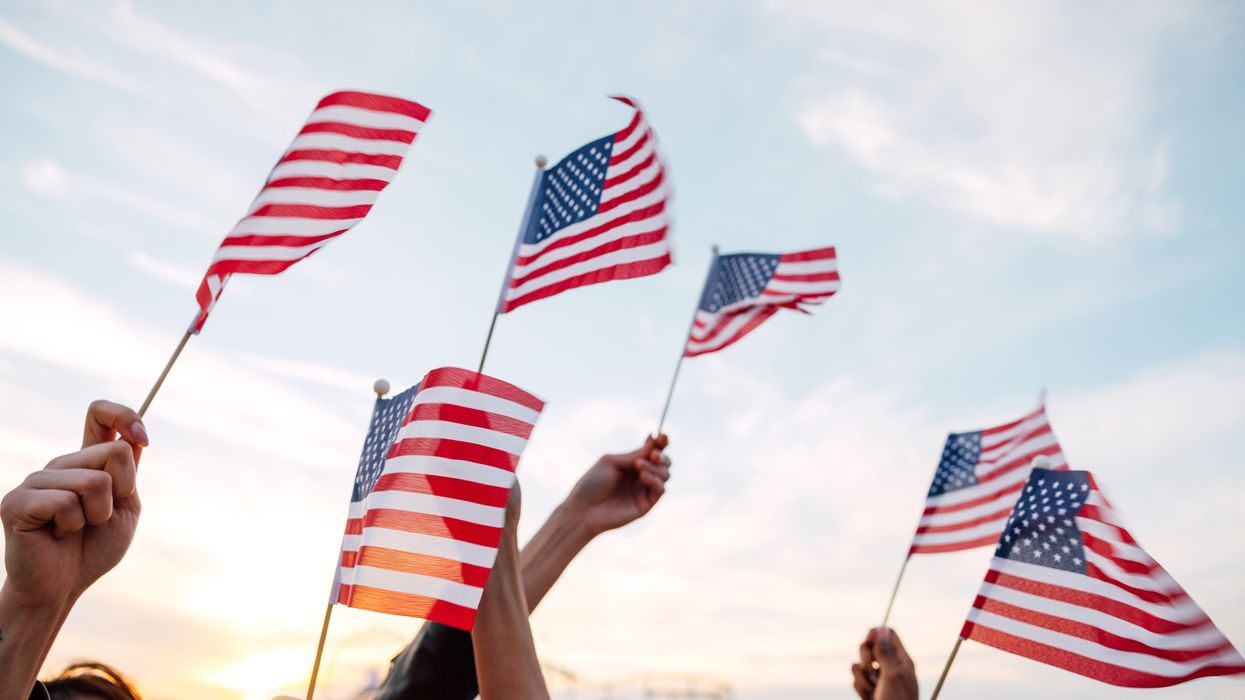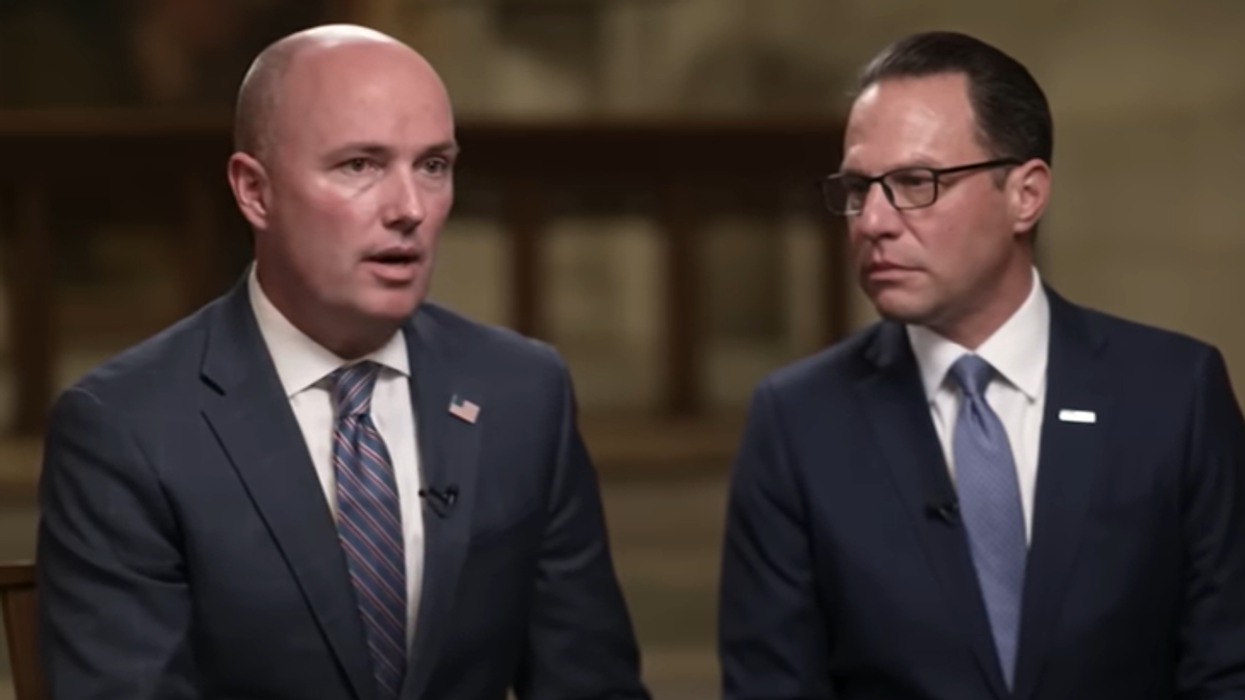How much do you engage with others when you’re out in public? Lots of people don’t actually engage with others much at all. Think of commuters on public transportation staring down at their phones with earbuds firmly in place.
As a professor of social psychology, I see similar trends on my university campus, where students often put on their headphones and start checking their phones before leaving the lecture hall on the way to their next class.
Curating daily experiences in these ways may appeal to your personal interests, but it also limits opportunities for social connection. Humans are social beings: We desire to feel connected to others, and even connecting with strangers can potentially boost our mood.
Though recent technological advances afford greater means for connection than at any other moment in human history, many people still feel isolated and disconnected. Indeed, loneliness in the American population has reached epidemic levels, and Americans’ trust in each other has reached a historic low.
At the same time, our attention is increasingly being pulled in varied directions within a highly saturated information environment, now commonly known as the “ attention economy.”
It is perhaps not surprising, then, that so many Americans are experiencing a crisis of social connection. Research in social psychology helps to explain how the small behaviors and choices we make as individuals affect our experiences with others in public settings.
Where you focus your attention
One factor shaping people’s experiences in public settings concerns where they focus their attention. Since there is more information out in the world than anyone could ever realistically take in, people are driven to conserve their limited mental resources for those things that seem most crucial to navigating the world successfully. What this means is that every person’s attention is finite and selective: By attending to certain bits of information, you necessarily tune out others, whether you’re aware of doing so or not.
More often than not, the information you deem worthy of attention also tends to be self-relevant. That is, people are more likely to engage with information that piques their interest or relates to them in some way, whereas they tend to ignore information that seems unrelated or irrelevant to their existence.
These ingrained tendencies might make logical sense from an evolutionary perspective, but when applied to everyday social interaction, they suggest that people will limit their attention to and regard for other people unless they see others as somehow connected to them or relevant to their lives.
One unfortunate consequence is that a person may end up treating interactions with other people as transactions, with a primary focus on getting one’s own needs met, or one’s own questions answered. A very different approach would involve seeing interactions with others as opportunities for social connection; being willing to expend some additional mental energy to listen to others’ experiences and exchange views on topics of shared interest can serve as a foundation for building social relationships.
It can feel alienating to be surrounded by people who have basically hung out a ‘do not disturb’ sign. Drazen/E+ via Getty Images
How others interpret your actions
Also, by focusing so much attention on their own individual interests, people may inadvertently signal disinterest to others in their social environments.
As an example, imagine how it would feel to be on the receiving end of those daily commuting rituals. You find yourself surrounded by people whose ears are closed off, whose eyes are down and whose attention is elsewhere – and you might start to feel like no one really cares whether you exist or not.
As social creatures, it’s natural for human beings to want to be seen and acknowledged by other people. Small gestures such as eye contact or a smile, even from a stranger, can foster feelings of connection by signaling that our existence matters. Instead, when these signals are absent, a person may come to feel like they don’t matter, or that they’re not worthy of others’ attention.
How to foster connection in public spaces
For all these reasons, it may prove valuable to reflect on how you use your limited mental resources, as a way to be more mindful and purposeful about what and who garner your attention. As I encourage my students to do, people can choose to engage in what I refer to as psychological generosity: You can intentionally redirect some of your attention toward the other people around you and expend mental resources beyond what is absolutely necessary to navigate the social world.
Engaging in psychological generosity doesn’t need to be a heavy lift, nor does it call for any grand gestures. But it will probably take a little more effort beyond the bare minimum it typically takes to get by. In other words, it will likely involve moving from being merely transactional with other people to becoming more relational while navigating interactions with them.
A few simple examples of psychological generosity might include actions such as:
- Tuning in by turning off devices. Rather than default to focusing attention on your phone, try turning off its volume or setting it to airplane mode. See if you notice any changes in how you engage with other people in your immediate environment.
- Making eye contact and small talk. As historian Timothy Snyder writes, eye contact and small talk are “not just polite” but constitute “ part of being a responsible member of society.”
- Smiling and greeting someone you don’t know. Take the principle of “innocent until proven guilty” to the realm of social relations, by showing your willingness to welcome other people rather than displaying disinterest and avoidance. Such simple acts may help to foster feelings of belonging and build a sense of community with others.
Among the most cynical, examples like these may initially be written off as reflecting pleas to practice the random acts of kindness often trumpeted on bumper stickers. Yet acts like these are far from random – they require intention and redirection of your attention toward action, like any new habit you may wish to cultivate.
Others might wonder whether potential benefits to society are worth the individual cost, given that attention and effort are limited resources. But, ultimately, our well-being as individuals and the health of our communities grow from social connection.
Practicing acts of psychological generosity, then, can provide you with opportunities to benefit from social connection, at the same time as these acts can pay dividends to other people and to the social fabric of your community.
Making Eye Contact & Small Talk With Strangers Is More Than Just Being Polite - The Social Benefits of Psychological Generosity was originally published by The Conversation and is republished with permission.
Linda R. Tropp is Professor of Social Psychology at the University of Massachusetts Amherst.


















